Gallery artists
-

Stefano Bombardieri
-

Gianfranco Meggiato
-

Igor Mitoraj
-

Gustavo Vélez
-

Mario Arlati
-

Enrico Ghinato
-

Annalù
-

Manu Alguerò
-

Serero Pop Art
-

Akelo
-

Mr. Brainwash
-

Gil Bruvel
-

Sauro Cavallini
-

Youn Kyoung Cho
-

Umberto Ciceri
-

Roberta Diazzi
-

Marco Grassi
-

Riccardo Gusmaroli
-

Robert Hromec
-

Jonty Hurwitz
-

Hussain Jamil
-

Flavio Lucchini
-

Omar Ludo
-

Giuseppe Maiorana
-

Lorenzo Marini
-

Cveto Marsic
-

Silvio Porzionato
-

Gavin Rain
-

Isabelle Scheltjens
-

Sophia Vari
-

José Yaruro
Artists exhibited
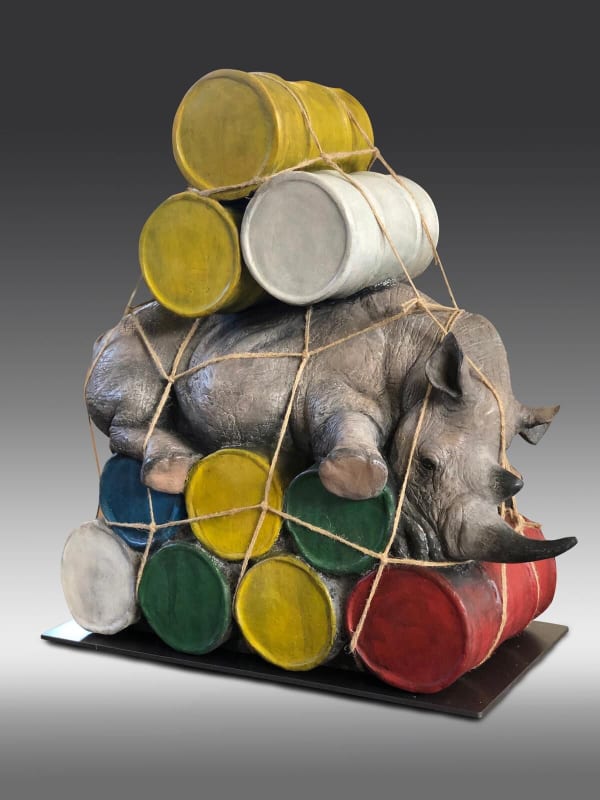


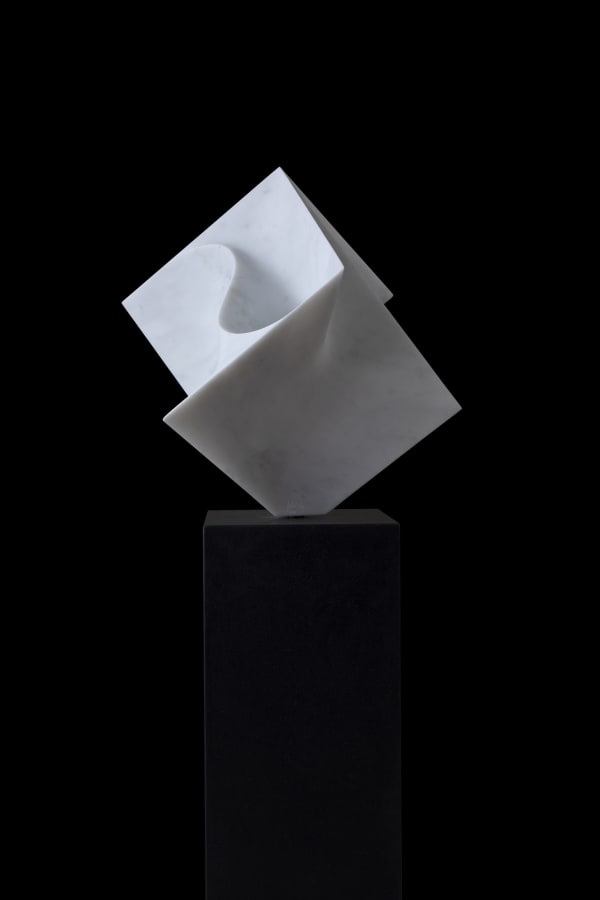


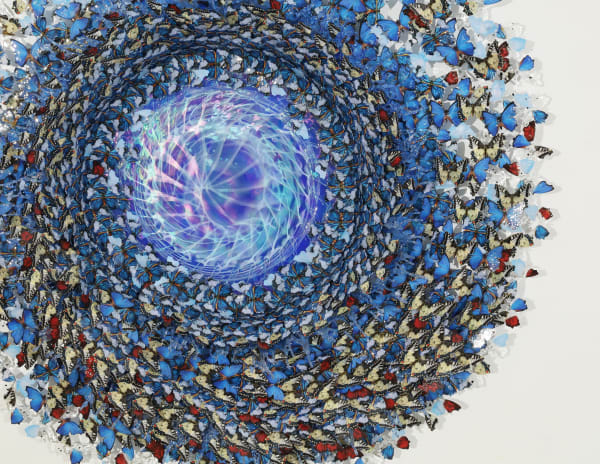


















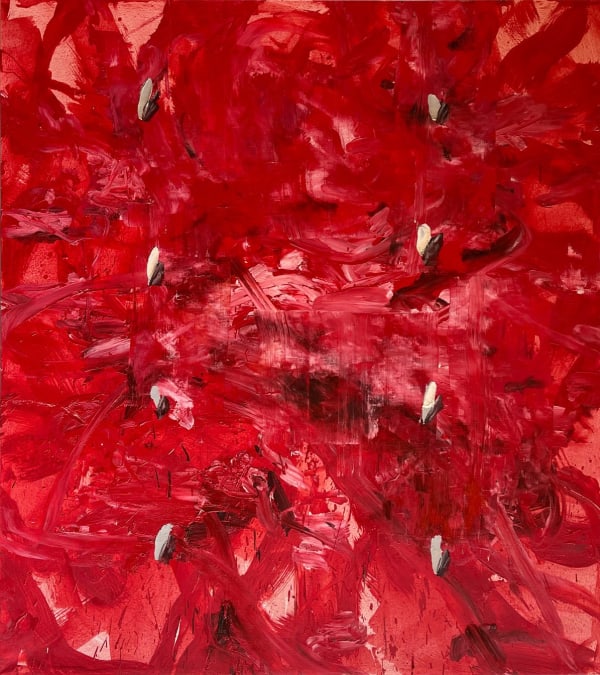






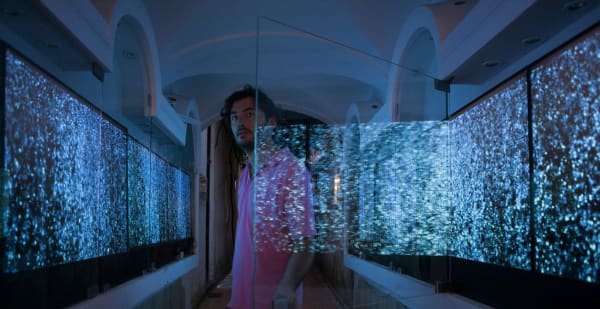


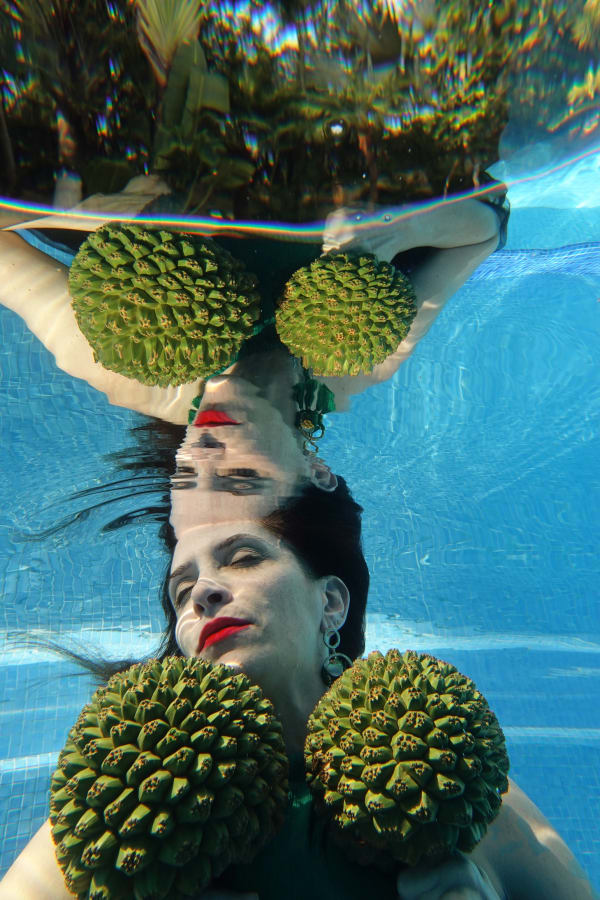
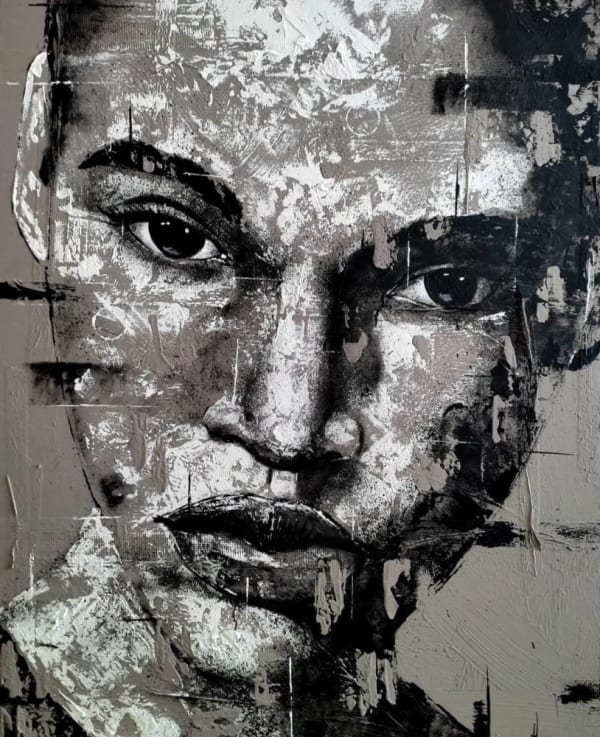
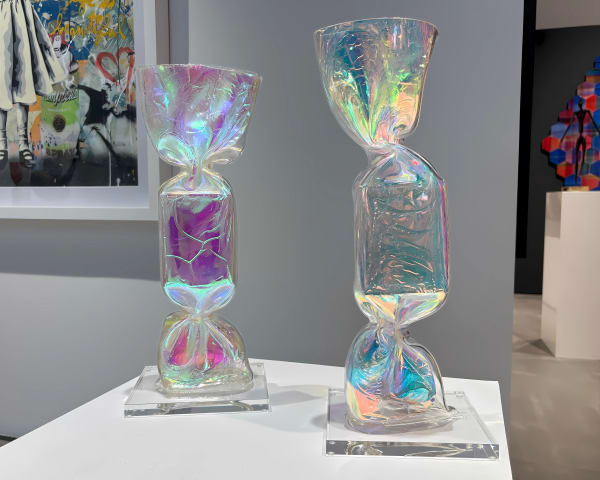




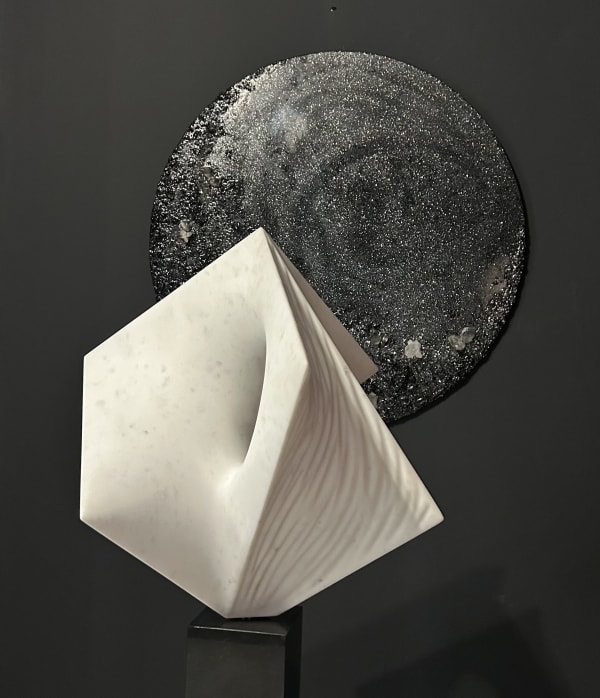
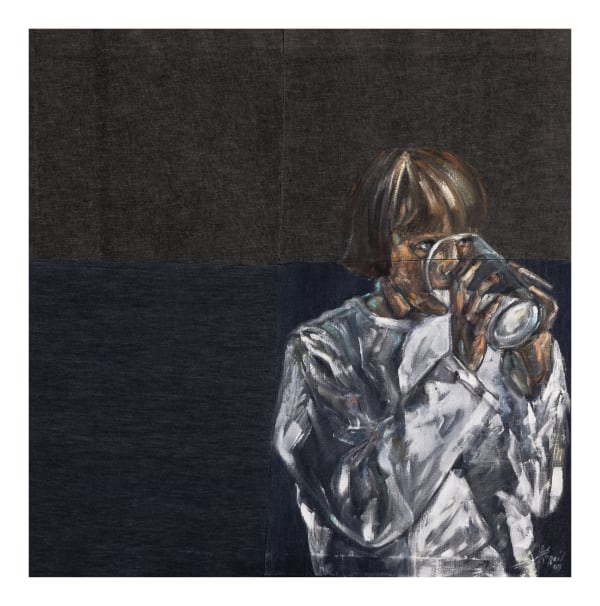
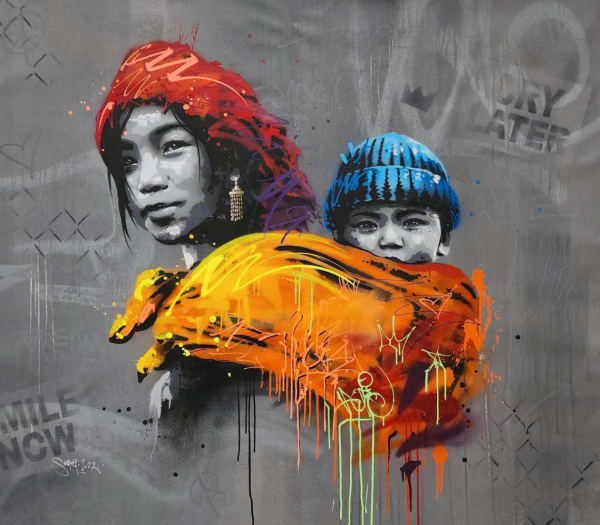


 W: +39 3357055914
W: +39 3357055914